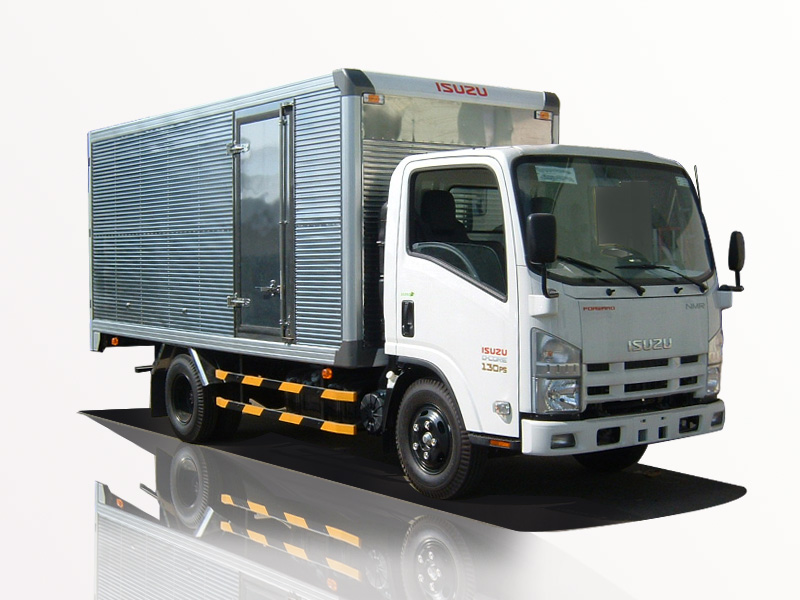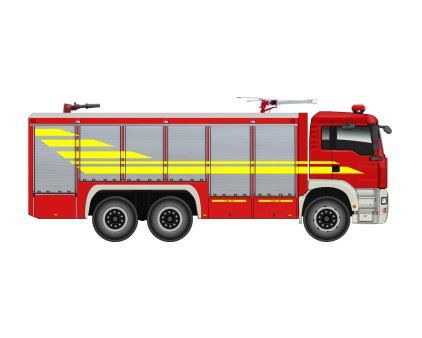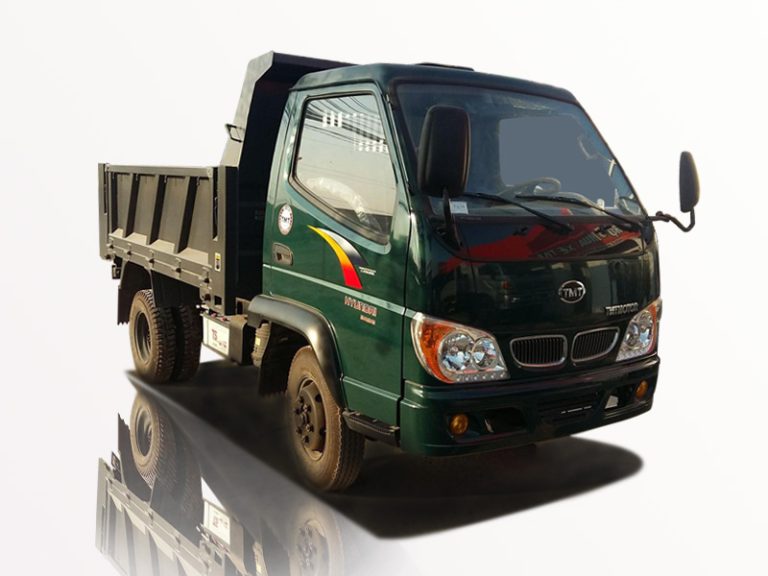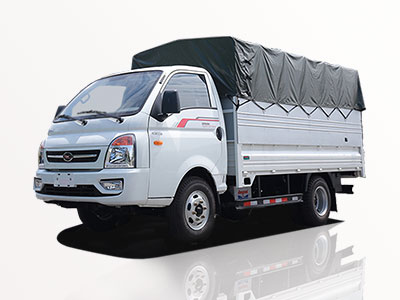Introduction
When it comes to towing heavy loads, a heavy-duty tow truck winch is an essential piece of equipment. Designed to handle significant weight, these winches are vital for recovery operations and roadside assistance. Understanding the types, features, applications, and installation processes associated with heavy-duty winches can help you make informed decisions. In this comprehensive guide, we will delve deep into the functionality, selection criteria, maintenance, and expert tips for using heavy-duty tow truck winches.
What is a Heavy Duty Tow Truck Winch?
A heavy-duty tow truck winch is a mechanical device designed to pull, lift, or drag heavy loads with the assistance of a cable or rope. Winches come in various sizes and capacities, usually rated for pulling capacities from 8,000 to over 20,000 pounds. These devices are crucial in towing and recovery operations, ensuring safety and efficiency.
Types of Heavy Duty Tow Truck Winches
Electric Tow Truck Winches
Electric winches are powered by a battery and are easy to operate with a simple remote control. They are ideal for light to medium loads and are commonly used in smaller tow trucks.
Pneumatic Tow Truck Winches
Pneumatic winches are powered by compressed air. They are known for their reliability and deliver higher power-to-weight ratios. They are typically used in industrial applications but can also be found in specialized tow vehicles.
Hydraulic Tow Truck Winches
Hydraulic winches are powered by the hydraulic system of the towing vehicle. They provide more power for heavy loads and are the preferred choice for commercial towing services, thanks to their durability and efficiency.
How to Choose the Right Heavy Duty Tow Truck Winch
Consider Load Capacity
The first step in choosing a tow truck winch is to determine the weight of the loads you will be pulling. A good rule of thumb is to select a winch that has a pulling capacity at least 1.5 times the weight of the heaviest vehicle you anticipate moving.
Assess Power Source
Consider whether you want an electric, pneumatic, or hydraulic winch. Electric winches are easier to install and use, while hydraulic winches offer more power and are best for larger operations.
Understand Winch Features
Look for additional features such as:
- Wireless Remote Control: Provides convenience and safety while operating at a distance.
- Automatic Braking System: Ensures that the load remains steady while being handled.
- Durability and Weather Resistance: Essential for outdoor use in various weather conditions.
Installation of Heavy Duty Tow Truck Winches
Essential Tools Needed
Before you start the installation process, gather the following tools:
- Socket set
- Wrenches
- Drill
- Wire cutters
- Screwdrivers
Step-by-Step Installation Process
- Mounting the Winch: Choose a suitable location on the tow truck, typically on the front or rear bumper. Mark the mounting holes and drill them into place.
- Wiring the Winch: Connect the winch to the vehicle’s battery. Ensure that all connections are tight to prevent arcing.
- Installing the Control Switch: Follow the manufacturer’s instructions for wiring the control unit, ensuring it’s accessible from the driver’s seat.
- Testing the Winch: Before putting your winch to work, carry out a test to ensure it operates correctly.
Maintaining Your Heavy Duty Tow Truck Winch
Regular Inspections
Conduct regular inspections to check for wear and tear on the cable, connectors, and motor. Look out for any signs of rust or corrosion.
Cable Maintenance
Inspect the winch cable for frays or breaks. If you notice any damage, replace the cable immediately to ensure safety.
Electrical System Checks
Check the battery and wiring connections at least once a month. Make sure the terminals are clean and free from corrosion.
Practical Examples of Winch Uses
Towing a Disabled Vehicle
In many scenarios, a heavy-duty winch is used to pull a disabled vehicle off the road safely. For instance, if a car breaks down in a remote area, the winch can pull the car onto a flatbed tow truck, ensuring safe transport.
Recovering Stuck Trucks
Off-road trucks frequently get stuck in mud or snow. A heavy-duty winch can be invaluable, allowing nearby vehicles to assist in pulling the stuck truck to safety.
Tips for Using a Heavy Duty Tow Truck Winch
Read the Manual
Each winch operates slightly differently. Familiarize yourself with the user manual before first use to get the most efficient performance out of your winch.
Wear Safety Gear
Always wear appropriate safety gear, including gloves and protective eyewear, when operating a winch to prevent injuries.
Use a Snatch Block
For heavier loads, integrate a snatch block to double the pulling power. This reduces strain on the winch and allows for better control of the load.
Safety Precautions When Using a Heavy Duty Tow Truck Winch
Understand Load Limits
Always respect the winch’s rated load limits to prevent mechanical failure and accidents.
Maintain Distance
Ensure bystanders maintain a safe distance while the winch is in use. A sudden failure can propel cables or loads unexpectedly.
Regular Breaks During Operation
Avoid continuous operation for extended periods, as this can lead to overheating and damage of the winch. Take regular breaks to allow cooling down.
FAQ Section
What is the most suitable winch for my truck?
The most suitable winch depends on your truck’s load capacity. For heavy-duty applications, consider a hydraulic winch with a capacity of at least 1.5 times your heaviest vehicle.
How do I maintain my tow truck winch?
Regularly inspect the cable, check electrical connections, and clean the winch from dirt and debris. Always replace worn cables immediately.
Can I use an electric winch for heavy-duty applications?
While electric winches can handle many heavy-duty tasks, for the most demanding applications, a hydraulic winch is recommended due to its superior strength and durability.
How do I install a winch on my truck?
Follow the manufacturer’s instructions closely, ensuring proper mounting, electrical connections, and testing after installation to ensure functionality.
Is it safe to operate a winch alone?
While it is possible to operate a winch alone, it is safer to have at least one assistant to help monitor safety, load stability, and emergency situations.
What should I do if the winch fails during operation?
If your winch fails, disengage the winch immediately and assess the situation. Never attempt to operate a faulty winch; instead, repair it before any further use.
By understanding the ins and outs of heavy-duty tow truck winches, you can make informed choices when it comes to purchasing, installing, and maintaining these essential tools for your towing needs. Safety and efficiency should always be your top priorities when operating a winch.



